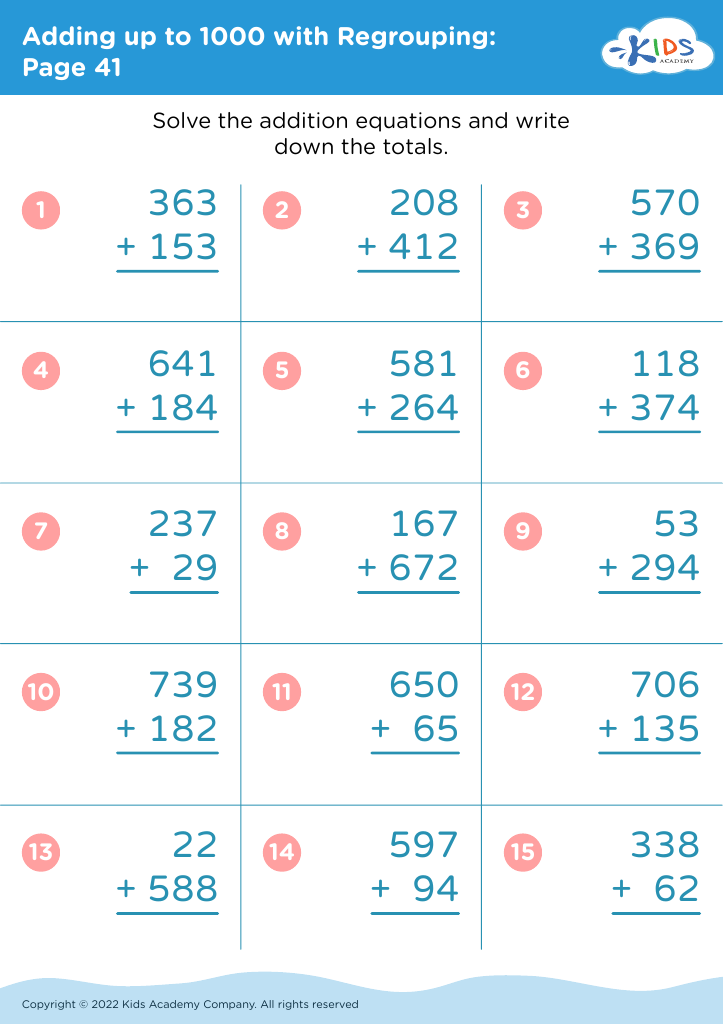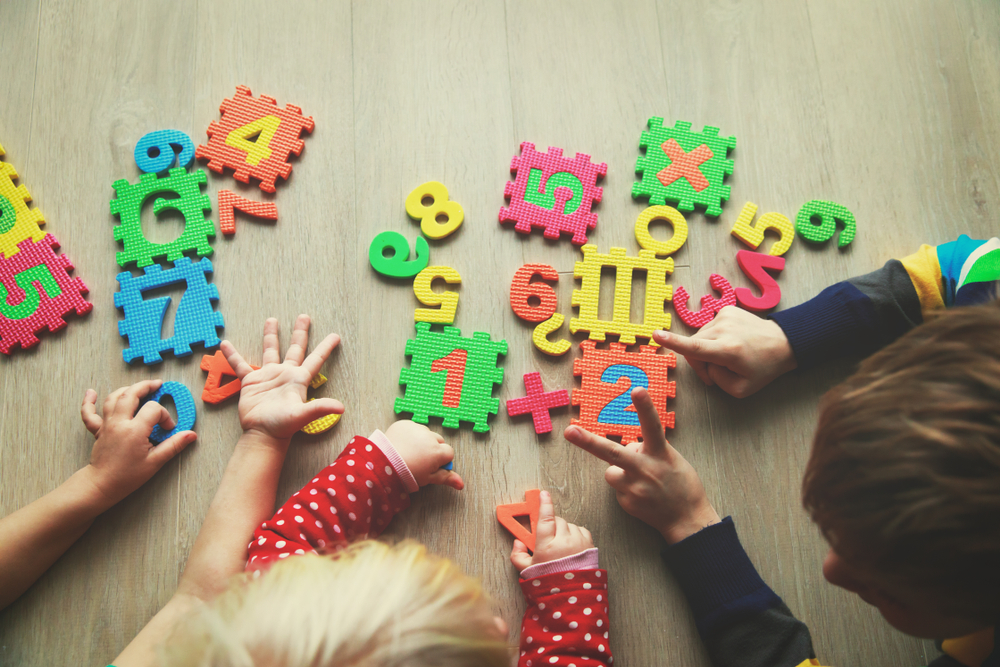Understand household items Worksheets for Kids
1 filtered results
-
From - To
Question/Answer
Why is the Understand household items skill important for Grade 2 students?
The Understand household items skill is important for Grade 2 students because it helps them recognize and categorize common objects found at home, fostering organizational skills and safety awareness.
What does the Understand household items skill mean when it comes to Grade 2 Adding up to 1000 with Regrouping learning?
The "Understand household items" skill in the context of Grade 2 Adding up to 1000 with Regrouping learning likely refers to the ability to recognize and understand the value and use of common household items as a means to practice and apply math skills, specifically addition with regrouping up to 1000, by using these familiar objects in practical, real-world math problems.#$%
What are some effective activities to train students’ Understand household items skill when teaching them about Adding up to 1000 with Regrouping?
To train students' understanding of household items while teaching them about adding up to 1000 with regrouping, engage them in a "Grocery Store Activity. " Have students create shopping lists of household items with prices and add up their total costs, using regrouping as necessary.












